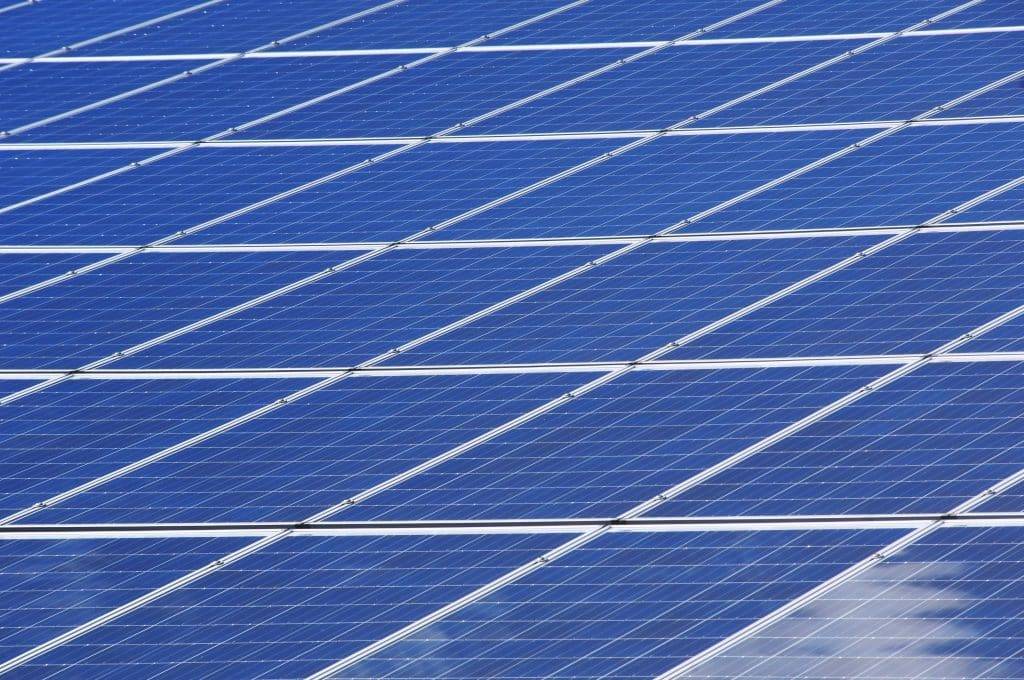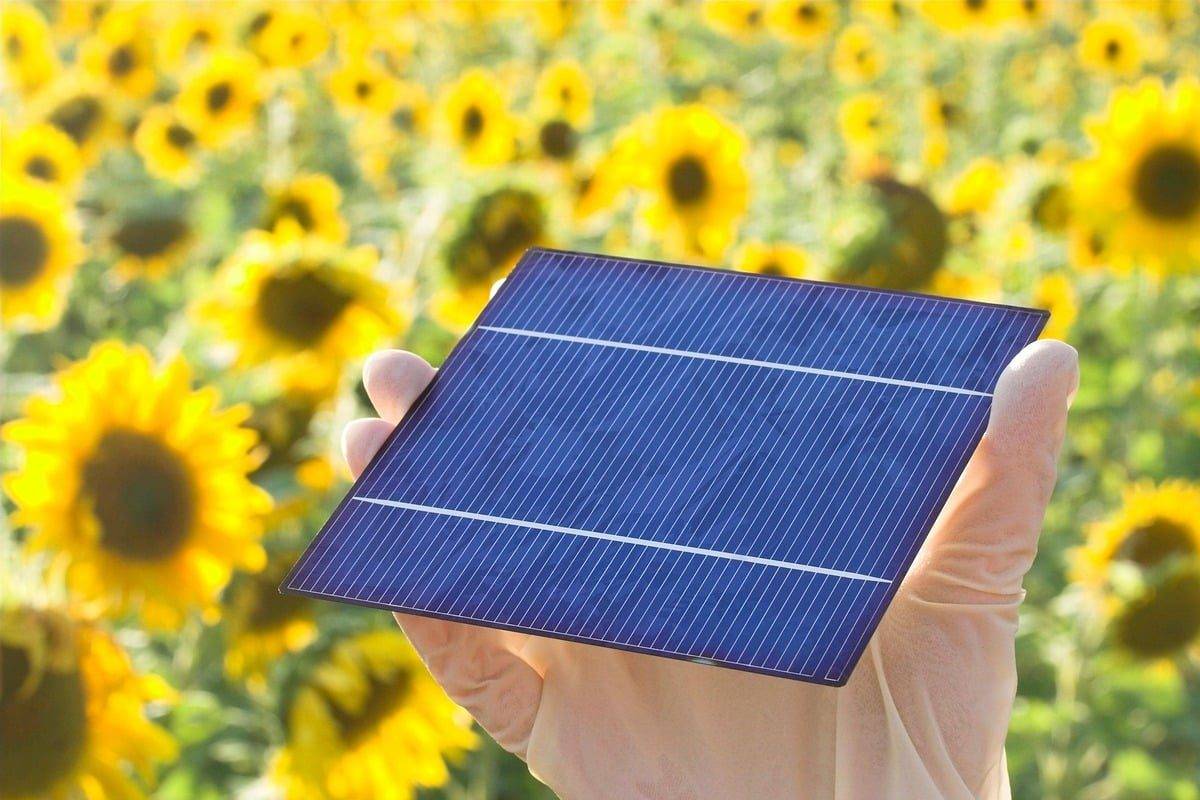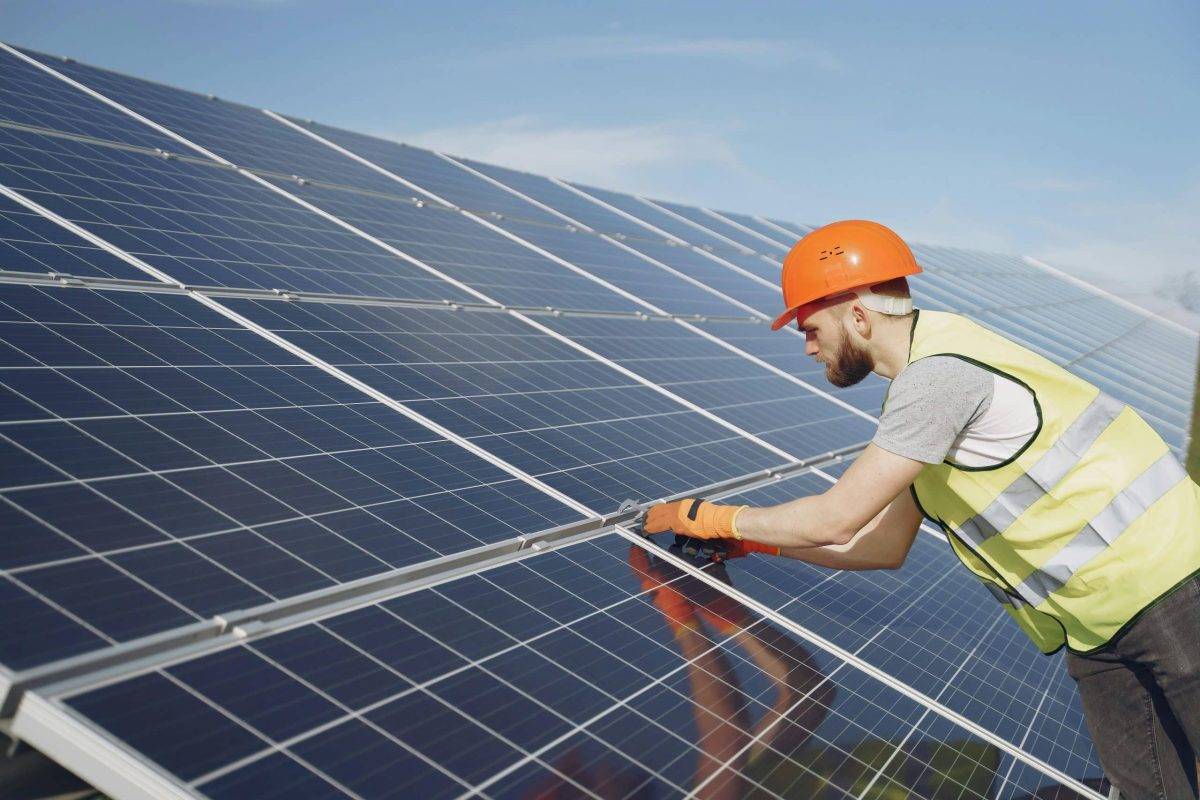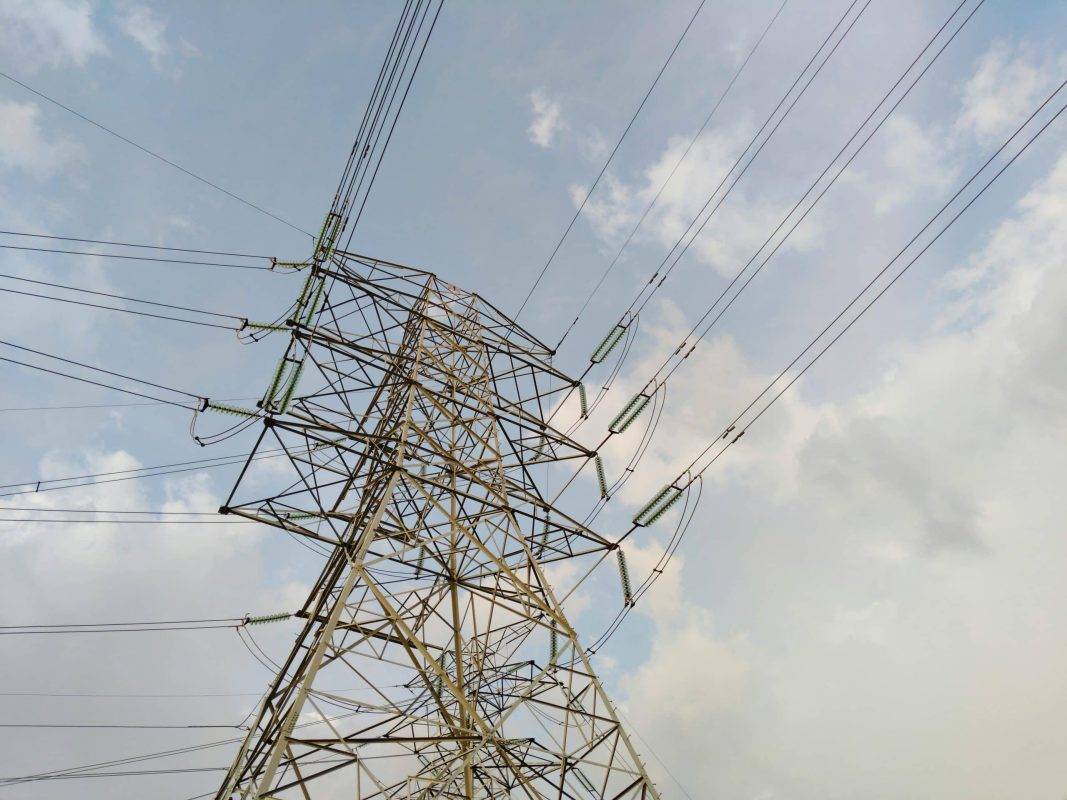The Ultimate Guide to Solar Panels: Types, Installation, Costs, and Long-Term Savings
In today’s world, sustainability is no longer just a passing trend — it’s a necessity. More homeowners and businesses are investing in solar panels to harness the power of the sun, save money on energy bills, and reduce their carbon footprint. If you’ve been considering making the switch to solar energy, you’re in the right place. This guide will walk you through everything you need to know: the different types of solar panels, the installation process, available city and government incentives, maintenance tips, and most importantly, how long it takes to see real savings.

The Ultimate Guide to Solar Panels
Types of Solar Panels
Not all solar panels are created equal. Understanding the differences can help you choose the best option for your home or business. Each type of panel offers unique benefits depending on your energy needs, location, and budget.
1. Monocrystalline Solar Panels
Monocrystalline panels are made from a single, pure silicon crystal. They are easily recognized by their sleek, dark black appearance. These panels are the most efficient type of solar panel and are often the go-to choice for homeowners who have limited space but want to maximize their energy output.
-
Efficiency: 20–25%
-
Lifespan: 25–40 years
-
Cost: Higher than other types
-
Pros: High efficiency, space-saving, durable
-
Cons: Higher upfront cost
If you have limited roof space but want maximum output, monocrystalline is an excellent choice.
2. Polycrystalline Solar Panels
Polycrystalline panels are made from multiple silicon crystals that are melted together. These panels have a blue speckled appearance and are more affordable than monocrystalline options.
-
Efficiency: 15–20%
-
Lifespan: 20–35 years
-
Cost: More affordable
-
Pros: Lower cost, good efficiency
-
Cons: Slightly lower efficiency than monocrystalline
They are a great budget-friendly option for homes with more available roof space.
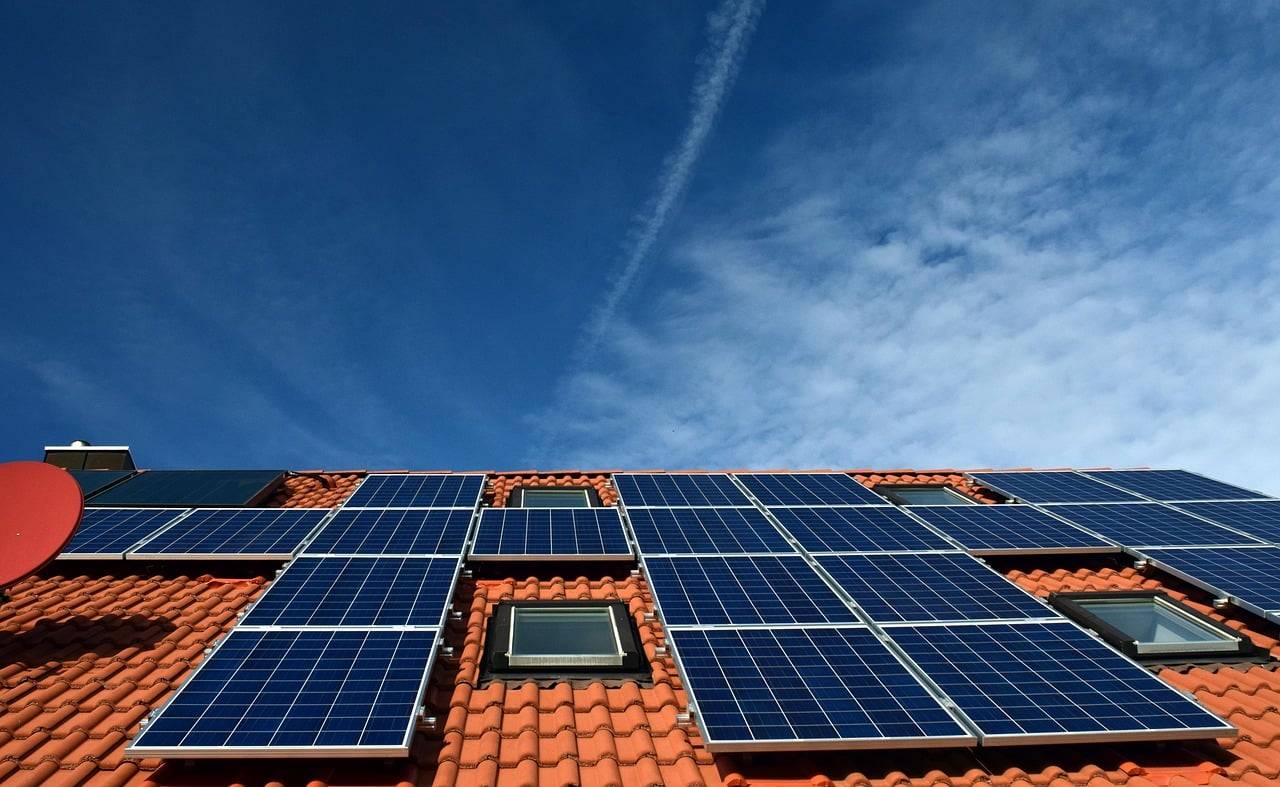
The Ultimate Guide to Solar Panels
Summary: The Difference Between Monocrystalline and Polycrystalline
Monocrystalline panels are made from a single, pure silicon crystal, and they are known for superior efficiency and sleek black appearance. They tend to be more efficient in lower-light conditions, which makes them perfect for smaller installations with limited space.
Polycrystalline panels, on the other hand, are made by melting together fragments of silicon. This manufacturing process results in a distinct blue hue and a lower cost, but slightly less efficiency. If budget is a concern and you have ample roof space, polycrystalline panels are a viable choice.
Key Differences:
-
Efficiency: Monocrystalline (20–25%) vs. Polycrystalline (15–20%)
-
Appearance: Sleek black vs. Blue speckled
-
Cost: Monocrystalline is more expensive
3. Thin-Film Solar Panels
Thin-film solar panels are made by layering photovoltaic material onto a substrate such as glass, metal, or plastic. These panels are thinner, lighter, and flexible, making them ideal for certain types of installations like commercial buildings or vehicles.
-
Efficiency: 10–13%
-
Lifespan: 10–20 years
-
Cost: Lowest
-
Pros: Lightweight, flexible, easy to install
-
Cons: Lower efficiency, shorter lifespan
Thin-film panels are perfect for large commercial installations or projects where weight and space are concerns. They can also be used in building-integrated photovoltaics (BIPV), such as solar windows or roofing tiles.
The Ultimate Guide to Solar Panels
Types of Thin-Film Solar Technologies
Thin-film solar panels use a variety of materials, each with distinct benefits:
-
Cadmium Telluride (CdTe): Known for its affordability and low manufacturing cost. They perform well in hot climates.
-
Copper Indium Gallium Selenide (CIGS): These are more efficient and flexible, commonly used in space applications.
-
Amorphous Silicon (a-Si): Generally used for smaller applications due to lower efficiency but very flexible and lightweight.
-
Gallium Arsenide (GaAs): High efficiency, used primarily for space exploration due to its ability to operate in extreme conditions.
Choosing the Right Solar Panel Type
When selecting between solar panels, consider:
-
Efficiency: Monocrystalline panels offer the highest efficiency but at a higher price.
-
Cost: Polycrystalline and thin-film panels are more affordable, but they may require more space due to their lower efficiency.
-
Roof Space: Monocrystalline panels are ideal for limited space, while polycrystalline and thin-film can be great for larger installations.
-
Climate: Thin-film panels often perform better in hot climates, making them a good choice in such areas.
The Ultimate Guide to Solar Panels
The Solar Panel Installation Process
Once you’ve chosen your solar panels, the next step is the installation process. Here’s what to expect:
Step 1: Site Assessment
An installer will visit your property to assess:
-
Roof condition: Is your roof strong enough to support solar panels?
-
Orientation: How does the roof face the sun?
-
Shading issues: Are there trees or other structures blocking sunlight?
-
Electrical panel: Can your electrical system handle the new energy load?
The installer will evaluate all these factors to design the most efficient setup.
Step 2: Design and Proposal
The installer will present a custom solar system design, which includes:
-
Panel layout
-
Equipment specifications
-
Projected energy output
-
Financing options
You’ll also receive an estimated cost and savings projection, ensuring you understand the long-term value.
Step 3: Permits and Approvals
The installation process requires obtaining permits, including:
-
Building permits: Ensuring the installation meets local codes.
-
Electrical permits: Verifying that your system can be integrated with the grid.
-
Interconnection agreements: Working with the utility company.
This stage can take several weeks, depending on local regulations.
Step 4: Installation
The physical installation typically takes 1–3 days. During this phase, the installers will:
-
Mount the racking system
-
Place and wire the panels
-
Install the inverter and meter
By the end of the installation, your solar system will be ready to start generating power.
Step 5: Inspection and Activation
Before the system is activated, a local inspector will check the installation for safety. The utility company will install a bi-directional meter to track both energy consumption and the energy your system produces. Once all checks are completed, your system will be activated, and you’re ready to generate clean energy.
From start to finish, the entire process typically takes 1 to 3 months.
The Ultimate Guide to Solar Panels
City and Government Incentives for Solar Installation
The cost of solar can seem high upfront, but various incentives can significantly reduce that cost. These include federal, state, and local rebates, tax credits, and other programs.
Federal Solar Investment Tax Credit (ITC)
The federal solar tax credit allows you to deduct 30% of the cost of installing a solar energy system from your federal taxes. This incentive can save you thousands on your initial installation.
For example:
-
System cost: $20,000
-
30% federal tax credit: $6,000
-
Net cost after credit: $14,000
State and Local Incentives
In addition to the federal credit, many states and local governments offer their own incentives. These may include:
-
Cash rebates: Rebates for installing solar panels.
-
State tax credits: Credits to reduce state income tax.
-
Solar renewable energy certificates (SRECs): Allow homeowners to sell solar energy credits back to the utility.
Utility Company Rebates
Some utility companies also offer incentives. These might include cash rebates per watt installed or performance-based incentives that reward energy generation.
Always check with your local government and utility provider to see what specific programs are available in your area.

The Ultimate Guide to Solar Panels
Solar Panel Maintenance: Easy and Essential
The good news about solar panels is that they require minimal maintenance. Here are some essential tips to keep your system running smoothly:
Routine Maintenance
-
Cleaning: Dust, pollen, bird droppings, and other debris can accumulate on your panels, reducing their efficiency. Cleaning them with water and a soft brush twice a year (or after heavy storms) can keep them performing at their best.
-
Inspection: Check your system once a year for any visible damage, such as cracks or water ingress.
-
Monitoring: Many solar systems offer online monitoring, which allows you to track performance and spot issues early.
Professional Maintenance
You may also want to hire a professional for an annual inspection. The cost of this service typically ranges from $150 to $300 but can help ensure your system is working at optimal efficiency.
The Cost of Solar Panels in 2025
As of 2025, the cost of solar panels has decreased significantly. The price varies based on system size, installation costs, and location, but on average:
System Size (kW) | Total Cost (before incentives) | Average Cost per Watt
-
5 kW: $13,000–$17,000 | $2.60–$3.40
-
10 kW: $26,000–$34,000 | $2.60–$3.40
After applying the 30% federal tax credit:
-
5 kW system: ~$9,100–$11,900
-
10 kW system: ~$18,200–$23,800
With state and city incentives, you can save even more.
How Long Does It Take to Break Even?
Most homeowners can expect to recover their investment through energy savings in 6 to 10 years. Here’s an example:
-
Installation cost after incentives: $15,000
-
Annual electricity savings: $1,800
-
Simple payback period: 8.3 years
After the payback period, you’ll be enjoying virtually free electricity for decades while your neighbors continue to pay rising utility bills.
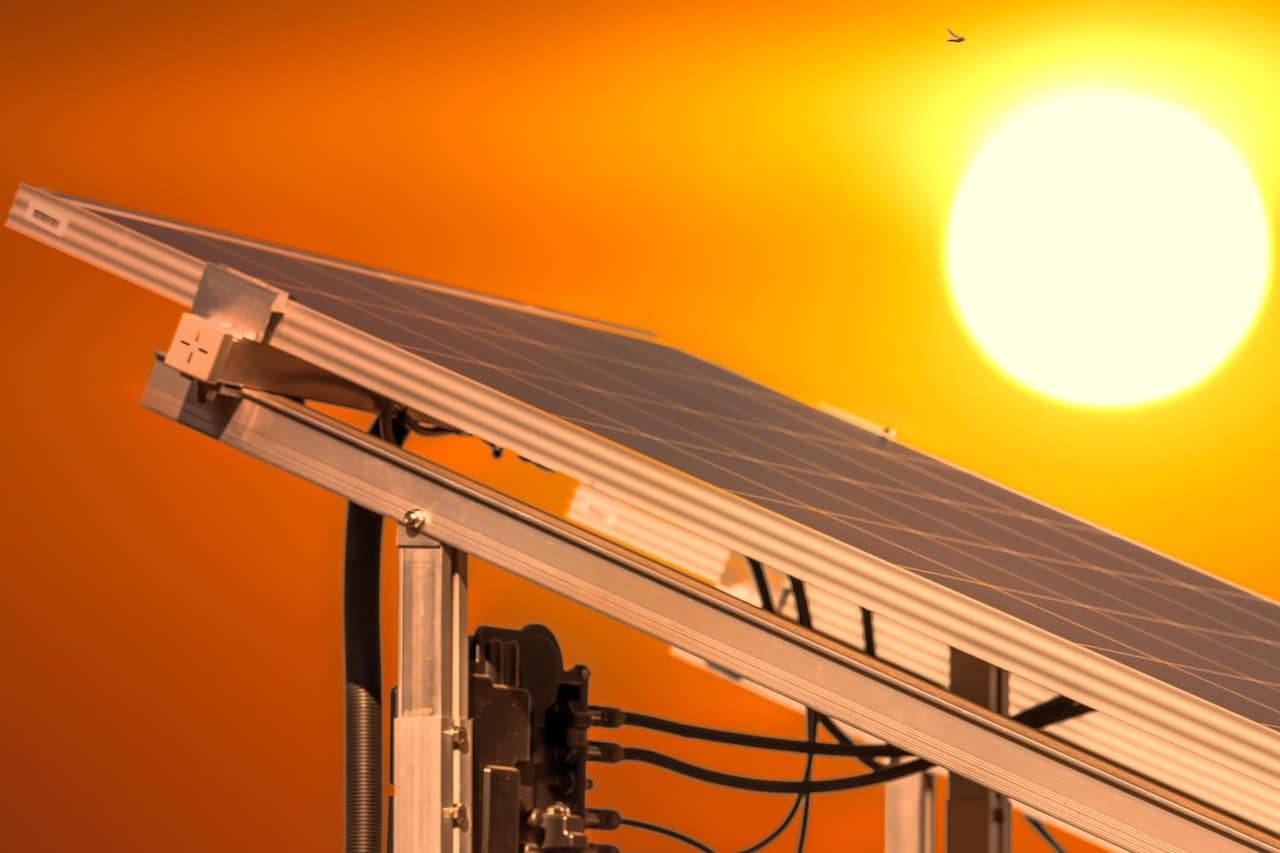
The Ultimate Guide to Solar Panels
Final Thoughts: Is Solar Right for You?
Solar energy isn’t just a trend — it’s a smart, accessible way to reduce your utility bills, increase your home value, and contribute to a greener world. With lower installation costs, tax incentives, and long-term savings, solar panels offer a great return on investment.
If you’re ready to explore solar for your home, start by getting quotes from reputable installers. Check the available incentives in your area, and think about the long-term benefits. In just a few years, you could be reaping the rewards of energy independence.
Quick Summary: Solar Panels at a Glance
| Category | Details |
|---|---|
| Types of Panels | Monocrystalline, Polycrystalline, Thin-Film |
| Installation Time | 1–3 months |
| Cost (Post-Incentive) | ~$9,000–$24,000 |
| Maintenance | Light (clean twice a year) |
| Break-even Period | 6–10 years |
| Lifespan | 25–40 years |
| Incentives Available | Federal, State, City, Utility Company | Georgia Power: Residential Solar Solutions | Georgia Power: Solar Energy Guide | IRS: Residential Clean Energy Credit |
Please Note: Estimated costs and savings may vary by state and are subject to change at any time. For the most accurate and up-to-date information, please refer to current state and federal programs.

